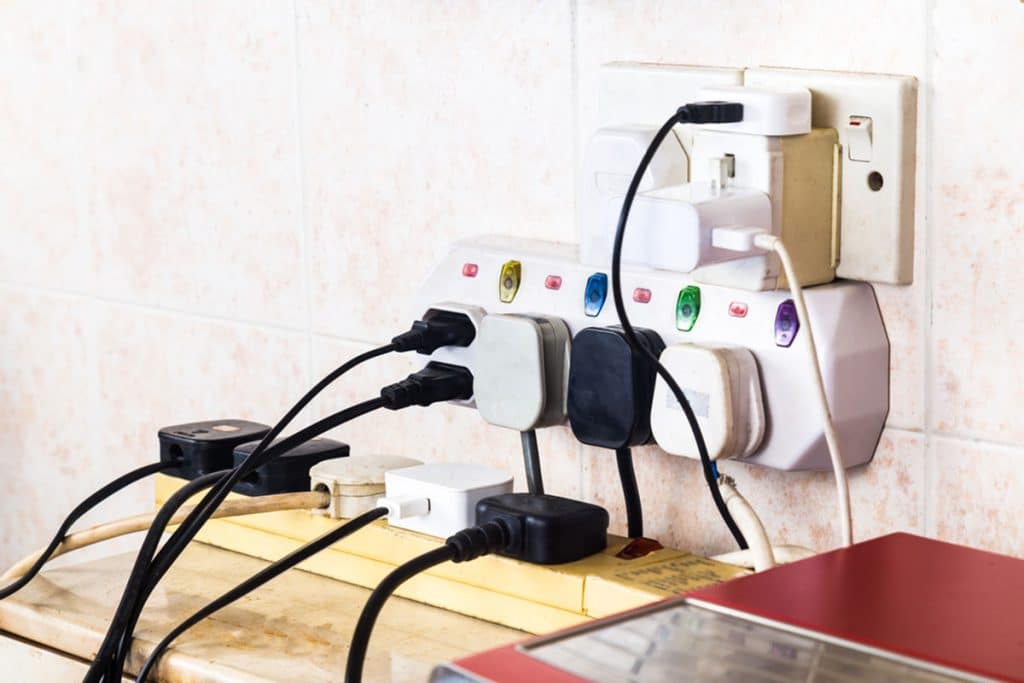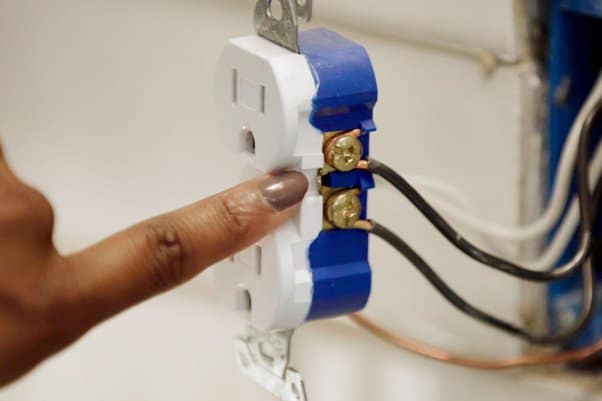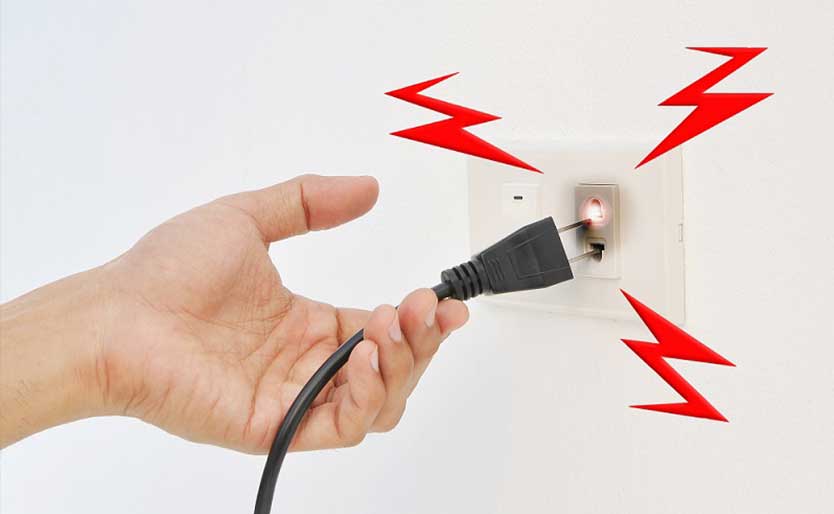Common Electrical Wiring Issues at Home
For many of us, our homes are full of convenience or luxury. Maybe even both. A big part of that convenience and luxury comes from the numerous reliable electrical systems and appliances we use daily. But like any commonplace, workhorse-like system, electrical wiring can develop issues over time.
In most cases, it can be tough to identify these problems. After all, most electrical wiring is concealed behind walls and floors. However, ignoring them completely can result in bigger headaches, like safety hazards or expensive repairs. If you recognise any of the issues mentioned here, don’t hesitate to call a licensed residential electrician to assess the situation and make necessary repairs.
So, how can you tell if your electrical system needs a little TLC? If your house is over 30 years old, you should certainly have your wiring checked. But let’s explore some common electrical wiring issues that homeowners face, and how to identify them before they lead to chaos and disorder.
Overloaded Circuits

Electrical circuits are designed to handle a specific amount of power in our homes. However, with all our modern gadgets and appliances, overloading those circuits doesn’t take much effort at all. Think all the appliances in your kitchen, all battling each other for a share of the electricity in the circuit – there’s your toaster, the kettle, the microwave, and maybe even a jug blender. This can trip the safety switch (the one in your switchboard that flicks off), or worse, damage the wiring and create a fire risk. So, it’s important to be mindful of what you plug in where, and keep an eye out for those dimming lights!
Flickering or Dimming Lights
On the subject of lights, those occasional flickers may seem like just a slight annoyance at the time. However, they could be a sign of an underlying electrical issue.
In many situations, flickering or dimming lights might simply be a loose bulb – a quick twist often does the trick. But if the flickering persists, it could point to a bigger problem. And in some cases, it might not be the previously-mentioned overloaded circuit.
Faulty wiring connections or even a failing switch can all interrupt the steady flow of electricity, causing your lights to dim without warning. If tightening bulbs and checking for tripped switches doesn’t solve the problem, it’s best to call a licensed electrician to identify the cause before the disco lights become a lasting feature of your home.
Hot Outlets and Switches

There are several possible reasons why these can occur:
- Loose wiring connections can heat things up as they create friction.
- Overloaded circuits can also put stress on power points, making them work harder and get hotter.
- Already damaged power points, with worn-out parts or scorching from past use, can also be a fire hazard.
If you ever feel warmth radiating from your outlets or switches, it’s time to play it safe. Unplug any appliances and call a qualified electrician to investigate the issue before things truly get too hot to handle.
Tripping Circuit Breakers
Ever wonder why your house suddenly plunges into darkness? The culprit might be your trusty circuit breaker tripping. Circuit breakers are more or less your electrical guardian angels, ready to automatically shut down power when a circuit gets overloaded.
These safety devices prevent overheating and potential fires, which is obviously a good thing. However, if your circuit breakers are tripping more than occasionally, it’s a sign that something is not quite right. This can often be the result of overloaded circuits or a faulty appliance sucking up more power than it should. In some cases, loose or damaged wiring can also be the cause.
If your circuit breakers keep tripping, don’t ignore it. Call a qualified electrician to diagnose the problem and prevent your home from seemingly switching from day to night – without the actual flick of a switch.
Red Flags That You Shouldn’t Ignore

- Burning smells: That distinct burning plastic odour coming from your switchboard or powerpoint? It could indicate overheating wires – a serious fire risk.
- Sparks: Witnessing electrical sparks when you plug something in is a big red flag. It signifies a loose connection or damaged wiring – also a serious fire risk.
- Buzzing sounds: Electrical components shouldn’t hum or buzz. This can indicate loose wiring or a failing appliance. Either way, both require urgent professional attention.
- Tingling sensations: Ever feel a slight tingle when you touch a switch or appliance? This could be a sign of a minor current leak, and it’s best to have an electrician check it out before it becomes a bigger shock.
Always remember that ignoring these warning signs could put your home and family at risk. Play it safe and call a qualified electrician to investigate the issue.
Keep Your Home Safe and Zap Off Electrical Worries
We all know the convenience of a well-functioning electrical system, but electrical troubles can lurk beneath the surface of our homes. The good news is that by being aware of common warning signs and taking some preventative steps, you can keep your home safe and your electrical system humming (in a good way!).
If you recognise any of the issues mentioned here, don’t hesitate to call a licensed electrician. Remember, a small investment in electrical safety today can prevent bigger headaches – and potential dangers – down the track. So, keep your home happy and hazard-free with a little electrical TLC!






